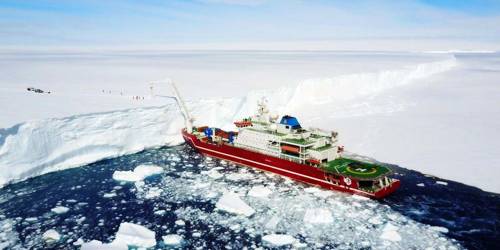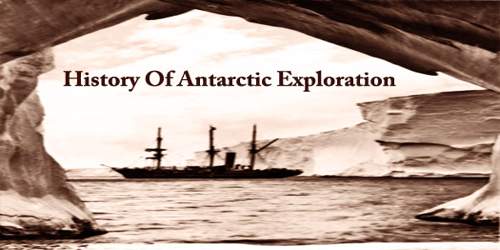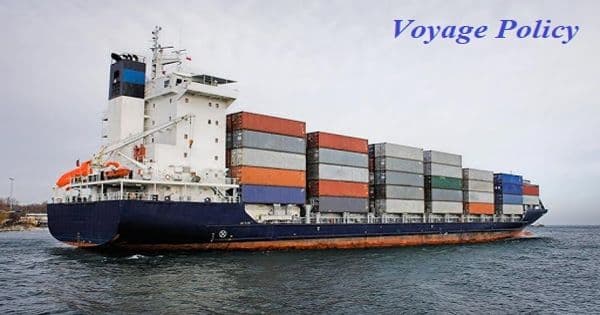The history of Antarctic exploration includes national and international politics, social change, scientific and technological advances, economics, and even the exploration of the Arctic.
Although the first humans explored its interior only a 100 years ago, interest in the continent has existed for thousands of years, and some15th century maps included Terra Australis Incognita, the “Unknown land of the South”.
The heroic age of Antarctic Exploration was one filled with triumphs and discoveries, but for some, those years between 1895-1922 brought disappointment and death. One of its most notable proceedings was the coined ‘race to the pole,’ where British Robert Falcon Scott and Norwegian Roald Amundsen aimed to reach the uncharted geographical South Pole, both starting their expeditions around the October-November period of 1911. On December 14th, 1911 after an arduous 56 days of dog-sledding, Amundsen and his team of four were the first to fly their country’s flag at the South Pole, beating Scott by a mere 34 days. Scott’s traverse from the Pole was calamitous for him and his party of four, who all perished before returning to base, whereas Amundsen’s team returned safely to Norway and proliferated news of their success. Whilst both expeditions occurred concurrently and shared the goal of reaching 90°S, there were also a myriad of differences between Scott’s Terra Nova and Amundsen’s South Pole journeys that lead to the contrasting outcomes.
In 1946 the United States Navy staged ‘Operation High Jump’ which was one of the greatest expeditions to Antarctica consisting of thirteen ships, twenty-three aircraft and over 4700 men. It was a clear sign from the USA of their interest in the continent, as well as providing a deeper scientific knowledge of the continent’s interior.
The last ‘old style’ expedition was the ‘Commonwealth Trans-Antarctic Expedition’ in 1955-1958 when English explorer Vivian Fuchs led a party from the Weddell Sea, heading first for the pole. At the same time, a New Zealand team (including Edmund Hillary) left the Ross Sea, to prepare the way for Fuchs to continue across the continent. However somewhat controversially the Ross Sea Party reached the pole before Fuchs, effectively ‘stealing his thunder’ but generating national pride within New Zealand. Even so the crossing of Antarctica by the TAE was still a considerable achievement and it had taken almost thirty years since Shackleton’s attempt to accomplish.
After WWII the question of claims to areas of Antarctica needed a solution and in 1957 the Antarctic Treaty was created allowing only peaceful, co-operative research on the continent. As a consequence from the 1950s, many countries built scientific research stations (e.g. 1957 New Zealand’s Scott Base) which, along with new scientific tools, brought greater knowledge of Antarctica and its influence on the world.

Despite both parties attempting to reach the South Pole, the intentions of the Terra Nova and the South Pole expeditions were different. It is commonly assumed that attaining the Pole first was the main motivation behind both campaigns, exacerbated via the coinage of ‘the race to the pole,’ however, Scott’s earlier Discovery expedition wielded an abundance of findings that inspired him and his crew of 65 to pursue further scientific ambitions- even during his last stretch to the pole. Whilst Amundsen and his team of 19 carried out meteorological observations during the Antarctic winter, reaching the Pole first was his “main object” and had no intention to make diversions. Conversely, Scott did not siphon all of the focus on the polar trip, instead choosing to dispatch groups to explore and collect Antarctic specimens, even after the sighting of Amundsen on the continent. One hazardous diversion was Scott’s fulfilment of the promise made to his Chief of Scientific staff, Edward Wilson, for the retrieval of Emperor Penguin eggs during the deep-winter period at Cape Crozier. Wilson and his team of two made the 140-mile trek in dark, extremely cold conditions and faced horrific difficulty man-hauling the many frozen and damaged eggs back to base, disproving Wilson’s theory that penguins evolved from reptiles. Despite being faced with freezing temperatures, exhaustion and illness, Scott’s march from the Pole still included geologic observation and sample collection, with the remaining team hauling the barest necessities, field notes, diaries and 35-pounds worth of specimens to their death- with one fossil being the Glossopteris leaf in support of Darwin’s continental drift theory. Amundsen’s lack of scientific ambition for this expedition ensured his team traveled light, enabling the swift pull of dog-sledges without the distraction “of any adventures,” allowing for the brisk yet successful return from the Pole. Although the Terra Nova expedition fulfilled many scientific goals, the comparison to Amundsen’s ‘dine-and-dash’ polar approach insinuates that Scott’s refusal to give up his scientific aspirations may have been a detrimental factor in the death of his final party, who perished a mere 11-miles from their One Ton Depot.
Amundsen and Scott used different methods of transport throughout their expeditions, ultimately having an effect on the pace and time each took to reach the Pole. Scott drew inspiration from Shackleton’s Discovery expedition when planning, choosing to abandon the reliance of dogs as they did not have the expertise to use them, instead of adopting ponies and ‘innovative’ motor-sledges to haul supplies to the Beardmore Glacier. Unfortunately, one motor-sledge fell through the ice during the ship’s unloading, and despite being the forerunner of the modern-day tank and snowmobile, the remaining two sledges broke-down early on (Pugh, 1972). Conversely, Amundsen had worked with Inuits during his Gjøa expedition, therefore being proficient in dog-sledding; he also recruited experienced dog-drivers and killed the weaker canines as the journey persisted, using the meat for food (Pugh, 1972). Whilst Amundsen believed it “was hard” to kill the creatures, he affirmed it was needed “to reach our goal,” whereas Scott expressed reluctance in exterminating the dogs as he regarded them as “friends and companions”. Amundsen utilized skis throughout his depot and Pole journeys, as all his men were competent on them, employing accomplished skier Olav Bjaaland to set the pace.
Conversely, Scott’s team were too inexperienced for skis and instead used ponies until overcoming the Beardmore Glacier to man-haul their provisions to the Pole; however, the food sources for the ponies had to be brought along and as soon as they depleted, the ponies became weak and were shot, whereas Amundsen’s dogs were free to gorge on seals and penguins as they traversed towards the Pole. Even though Amundsen could have traveled faster with his dog-sleds than Scott with his ponies, Pugh (1972) found that both teams covered the first 300-miles of the journey across the ice-shelf in a similar time. However, the dash to the Pole revealed the superiority of Amundsen’s dogs, covering 200-miles more in the same time it took Scott to ascend to the polar plateau and to reach 90oS. Amundsen’s expertise in his transportation choices, as opposed to Scott’s reliance on Shackleton’s past methods and newfound technology, assisted with his team’s swift dash to the Pole that will be forever revered in history.

The Antarctic Treaty comes into force, an international agreement establishing how the continent should be protected and governed. Twelve countries – Argentina, Australia, Belgium, Chile, France, Japan, New Zealand, Norway, South Africa, the Soviet Union, the UK, and the USA first signed the international treaty in 1959, declaring that Antarctica should be ‘a natural reserve, devoted to peace and science’.
Information Sources:
















